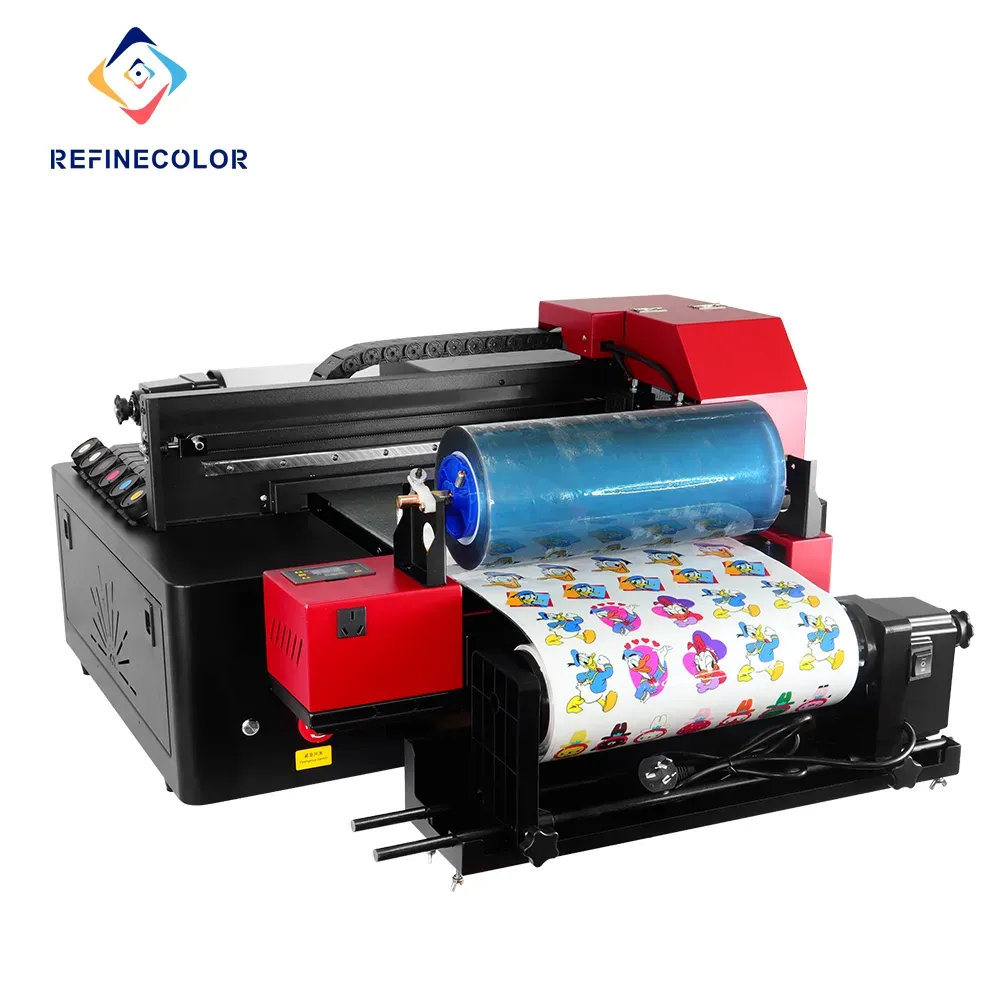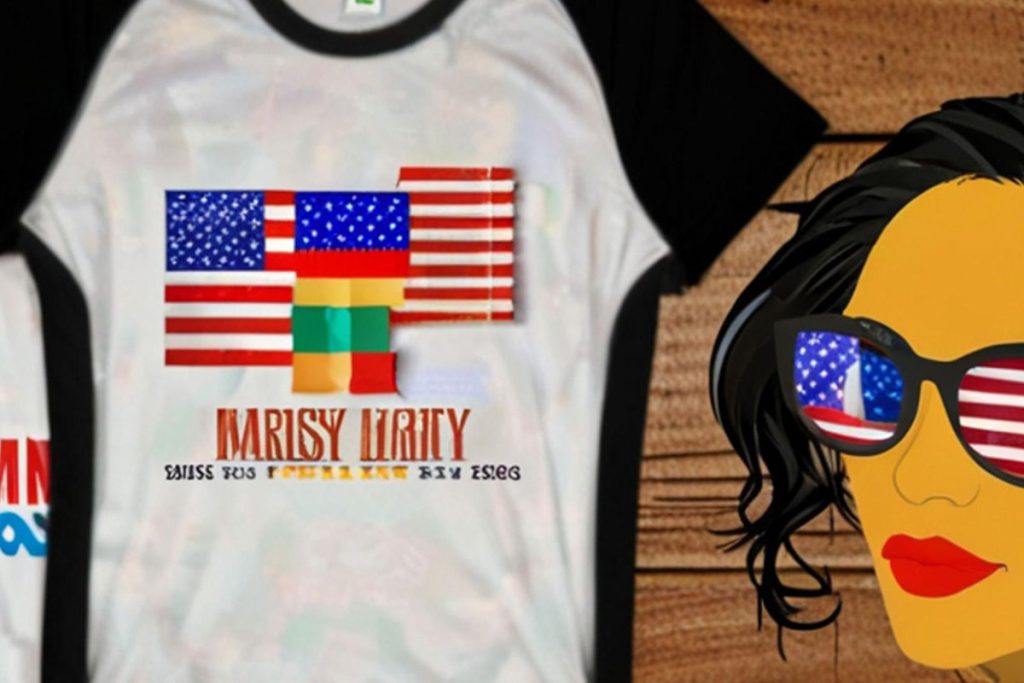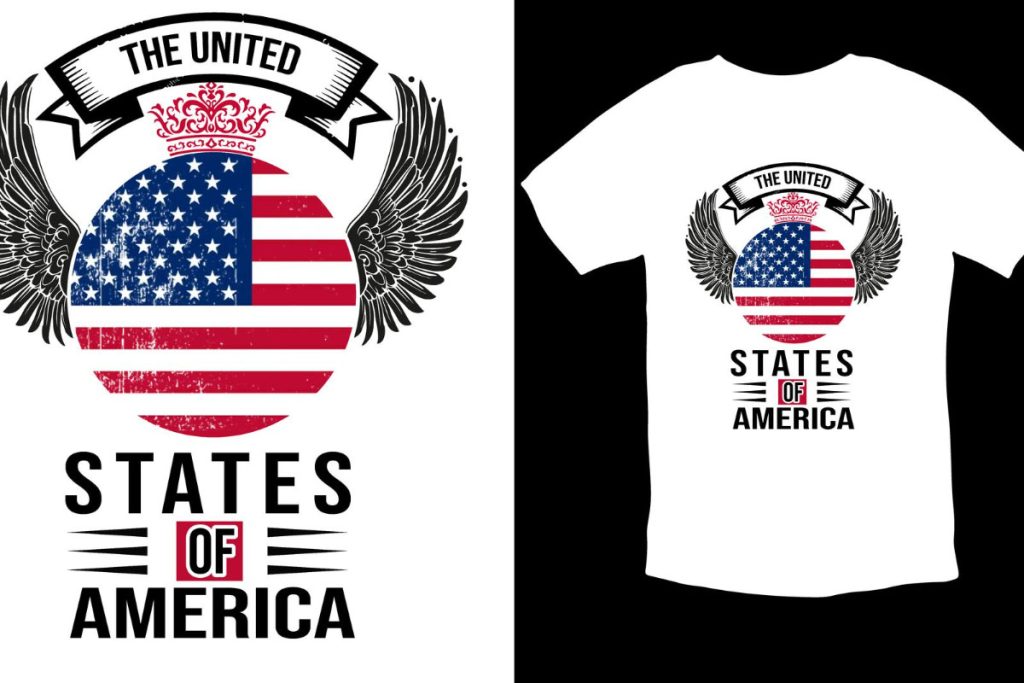UV DTF, or Ultra-Violet Direct-to-Film printing, is revolutionizing the way graphic designers approach their craft. This cutting-edge technology marries traditional direct-to-film printing with UV curing to produce exceptional prints that stand out for their vibrancy and durability. With the ability to print on a multitude of substrates, UV DTF empowers designers to explore new creative possibilities in custom merchandise. Furthermore, its efficiency significantly reduces production times, catering to the ever-increasing demand for quick turnaround services in today’s fast-paced market. As sustainability becomes a priority, UV DTF also presents a greener option for printing, making it a key player in the future of graphic design technology.
Exploring the realm of direct-to-film printing, we find an innovative technique known as UV Direct-to-Film, which is rapidly gaining traction among designers and manufacturers alike. This modern graphic design technology utilizes ultraviolet light to cure inks directly onto a variety of materials, opening up a world of possibilities for custom product creation. By integrating sustainable printing practices within its framework, this method not only enhances the quality of prints but also aligns with eco-friendly aspirations. With a growing consumer interest in personalized merchandise, direct-to-film solutions are leading the charge in fulfilling these unique demands. The rise of UV DTF signals an exciting era for businesses seeking to marry creativity with efficiency while reducing their environmental impact.
The Evolution of UV DTF Printing Technology
UV DTF printing technology has emerged as a revolutionary force in graphic design, marrying traditional printing methods with state-of-the-art UV curing processes. This evolution not only enhances print quality but also accelerates production speeds, leading to higher efficiency in creating custom merchandise. Unlike standard Direct-to-Film printing options, UV DTF leverages the instantaneous curing of UV light, allowing graphic designers to experiment with intricate designs on a myriad of substrates like fabrics, plastics, and metals, thus expanding their creative repertoire.
Since its inception, UV DTF has transformed the way designers approach their projects, breaking down barriers that previously existed with traditional printing techniques. Innovative products like Insta DTF and EufyMake E1 have been monumental in the shift towards more accessible, high-quality printing technologies. As these advancements continue, it’s vital for graphic artists to stay informed on the latest tools that can drastically improve workflow and output quality, ensuring they remain competitive in a rapidly changing market.
Advantages of UV DTF in Graphic Design
One of the standout benefits of UV DTF printing is its ability to produce vibrant and durable prints, setting a new standard in the graphic design industry. The UV curing process allows inks to adhere better to various materials, resisting scratches and fading over time. This characteristic is pivotal for designers aiming to deliver high-quality products, whether they are focused on apparel, signage, or other promotional materials. With UV DTF, creators can rest assured that their intricate designs will withstand the test of time, leading to greater customer satisfaction.
In addition to exceptional print quality, the versatility of UV DTF technology cannot be overstated. It allows designers to experiment across a broad spectrum of materials—ranging from rigid surfaces like wood and metal to flexible textiles. This compatibility opens new avenues for creative expression and product innovation, enabling graphic designers to cater to a wider variety of project requirements and client preferences. Ultimately, the versatility of UV DTF enhances the designer’s toolkit, fostering creativity and uniqueness in every print.
Sustainable Practices in UV DTF Printing
As environmental concerns become increasingly central in consumer decisions, UV DTF printing is paving the way for sustainable production practices within the graphic design industry. Unlike traditional methods that often waste large quantities of ink and materials, UV DTF technology employs a more efficient use of resources, contributing to reduced environmental impact. Innovations in printer design, such as self-cleaning features, further minimize waste, directly appealing to eco-conscious businesses and consumers who prioritize sustainable practices.
Moreover, UV DTF printing aligns with the growing trend in the market for sustainable merchandise. By using less ink and offering the capability to produce high-quality prints efficiently, designers can not only lower production costs but also support a greener approach to manufacturing. As sustainability becomes a priority in consumer behavior, adopting UV DTF printing represents a strategic move for designers looking to meet market demand while maintaining environmental integrity.
Market Trends Fueling UV DTF Adoption
The demand for customization and personalization in merchandise has seen a significant rise, driving the growth of UV DTF printing within the industry. As consumers seek unique products tailored to their tastes, graphic designers are finding innovative ways to leverage UV DTF technology to meet these expectations. This shift is evident in the proliferation of bespoke items like custom stickers, home décor, and personalized gifts, further solidifying the relevance of UV DTF in the current market landscape.
Additionally, market trends point toward an increasing preference for local, small-scale production as consumers become more aware of the environmental impact of large-scale manufacturing. UV DTF printing allows for small-batch production with high-quality outputs, empowering small businesses and individual creators to thrive. The ability to produce unique custom merchandise efficiently positions designers to be responsive to evolving market demands, thereby solidifying UV DTF’s place in the future of graphic design.
Enhancing Creative Opportunities with UV DTF
UV DTF printing opens new creative avenues for graphic designers, encouraging them to explore innovative design techniques that were once limited by traditional printing constraints. The technology’s capacity for vibrant colors and intricate details means that designers can push boundaries and create more elaborate designs. Tools like the EufyMake E1 further democratize the technology, allowing home-based designers to experiment with textured printing and layered effects, which adds a tactile dimension to their work.
Furthermore, with UV DTF’s versatility across various substrates, designers can create an array of products beyond conventional prints. From fashion items to art pieces and promotional materials, the scope of creative opportunities expands significantly. As designers continue to harness this technology, the potential for unique, one-of-a-kind merchandise increases, ultimately catering to a market that values personalization and creativity.
Cost Efficiency and UV DTF Printing
An important factor driving the adoption of UV DTF printing technology among graphic designers is its cost efficiency. While the upfront investment in UV DTF printers may be higher compared to traditional methods, the long-term savings are substantial. UV DTF printing significantly reduces ink consumption, meaning lower operational costs associated with material usage. This financial advantage becomes particularly pronounced when producing large batches of custom merchandise, positioning designers to maximize profit margins.
Moreover, the efficiency of UV DTF printing allows for quicker production times and the potential to fulfill orders on-demand. This responsiveness to market needs not only satisfies consumer expectations but also reduces overhead costs related to inventory storage. Ultimately, by embracing UV DTF technology, graphic designers can enhance their profitability while offering high-quality, customized products that align with consumer demands in today’s fast-paced market.
Frequently Asked Questions
What is UV DTF printing and how does it differ from other graphic design technologies?
UV DTF printing, or Ultra-Violet Direct-to-Film printing, is a cutting-edge graphic design technology that combines direct-to-film printing with ultraviolet curing. This method allows inks to dry instantly when exposed to UV light, unlike traditional methods which require drying time. This results in vibrant, durable prints across various substrates, providing a significant advantage in speed and quality for graphic designers.
How does UV DTF printing contribute to sustainable printing practices?
UV DTF printing supports sustainable printing practices by using less ink compared to traditional printing methods and implementing self-cleaning features to reduce waste. The instant curing process also minimizes energy consumption, making it an eco-friendlier option for graphic designers and businesses focusing on sustainability.
What types of custom merchandise can be created using UV DTF technology?
Using UV DTF technology, graphic designers can create a wide array of custom merchandise, including apparel, home décor, promotional items, and unique gifts. The technology’s versatility allows for detailed and vibrant designs on various materials, from textiles to plastics, making it ideal for personalizing products to meet individual customer needs.
What advantages does UV DTF printing offer in terms of production speed and efficiency?
UV DTF printing significantly increases production speed due to its instant curing capability, eliminating drying times associated with other printing methods. This efficiency allows graphic designers to produce samples and full runs quickly, thereby meeting tight deadlines and responding rapidly to market demands.
Can UV DTF printing be utilized on different materials?
Yes, UV DTF printing is highly versatile and can be applied to a diverse range of materials, including fabrics, metals, wood, and plastics. This capability empowers graphic designers to explore creative possibilities across various media, expanding their project offerings and enhancing client satisfaction.
What are the economic benefits of investing in UV DTF printing for graphic designers?
Investing in UV DTF printing offers long-term cost savings for graphic designers. The technology reduces ink consumption and is adaptable to multiple substrates, lowering production costs. Moreover, the ability to customize products allows designers to sell directly to consumers, increasing profit margins by eliminating intermediaries.
| Key Point | Description |
|---|---|
| Understanding UV DTF Technology | Combines DTF printing with UV curing for fast, sharp prints on diverse materials. |
| Key Developments | 1. Insta DTF enhances apparel decoration; 2. EufyMake E1 allows textured prints; 3. Market trends favor customization; 4. Environmental benefits reduce ink usage. |
| Benefits of UV DTF Printing | 1. Vibrant and durable prints; 2. Versatility across multiple media; 3. Increased production speed; 4. Cost efficiency; 5. Strong emphasis on customization. |
Summary
UV DTF is transforming graphic design by providing innovative printing solutions that marry creativity with efficiency. This transformative technology allows designers to produce vibrant and durable prints on a variety of substrates, making it a game-changer in the industry. With advancements like the Insta DTF and EufyMake E1, the possibilities for customization and personalization expand, aligning perfectly with consumer demands. Furthermore, as sustainability becomes increasingly important, UV DTF printing stands out for its reduced ink usage and eco-friendly features. Overall, UV DTF not only reshapes the way graphic designers approach their work but also encourages them to innovate while remaining conscious of their ecological footprint.



